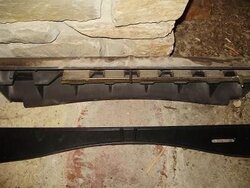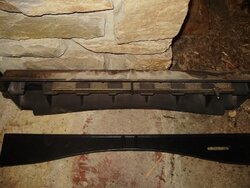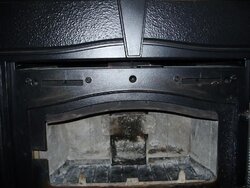labrador
Member
The grill should go in gently. You have to match up the clips on the grill with the holes made for it and it should go in easily. I open the door to get the grill out. someone here might have a solution otherwise call Jotul usa at 1-207-797-5912 and ask for a technician. Good luck. See page 13 of your installation manual.




